Anyone can put in 100% on a short stretch and get good results in 6 weeks of training. That’s long-term progress that’s hard to achieve. Why? Because the average jock spends part of his year procrastinating, losing results, and even if he works out regularly, he’s forced to set aside time for lean, recovery, possibly injury treatment.
More serious bodybuilders, particularly those who compete at the amateur level, are in pursuit of an ideal body all year round. But even they don’t always achieve their desired goal. Usually it looks like this: a jock sees solid progress in strength and muscle mass for a few months, and then falls by the wayside due to burnout. In the end, he either adapts to make up for lost time or quits performing and the sport. Yeah, that happens a lot, too.
In the long run, we get lost potential anyway. Is there any way to solve this problem? There is a solution!

A recent scientific review published in the Journal of strength & conditioning research reminded us of a pathway to long-term results, hidden to some and forgotten by many: the support or muscle preservation regimen.
Researchers went through several dozen scientific papers to answer the following question: at what minimum amount of training can you maintain optimal fitness? The answer is that the amount and amount of exercise is less than you think. Experts have found that young jocks can maintain adequate strength and muscle size with just 1 workout per week, and doing just 1 heavy set per exercise. And that’s it for up to 32 weeks! The key to success here is to reduce the volume and frequency of training while maintaining the same level of load and effort.
We, in turn, having studied their review, have compiled practical recommendations for beginners, and not only, bodybuilders, who aim at long-term, not fleeting progress of results.
Recovery without loss
Sometimes work, daily stress and training make us feel tired. And a support regimen allows you to rest and recover without the risk of a decrease in strength or muscle mass. Instead of 12 months with progress and regression phases, we get 1 year, which consists of progress and maintenance phases, which provides better results in the long run.
Free Time Periodization
Many generations of competitive athletes, whether athletics or bodybuilding, have used a maintenance regimen to their advantage. The athlete focuses on maintaining optimal fitness during the season, and in the off-season, cranking out a training load to get better results. Not being a professional athlete, however, you can try periodizing your free time to progress in the gym.
What it means. Take a look at your current or future year and try to determine which months would be most convenient and beneficial for you to switch from your day-to-day concerns to your workout tasks. Next, for the period when nothing distracts you from the gym, plan your strength and muscle gain workouts. Accordingly, the busy months of work and home will be your muscle retention phase.
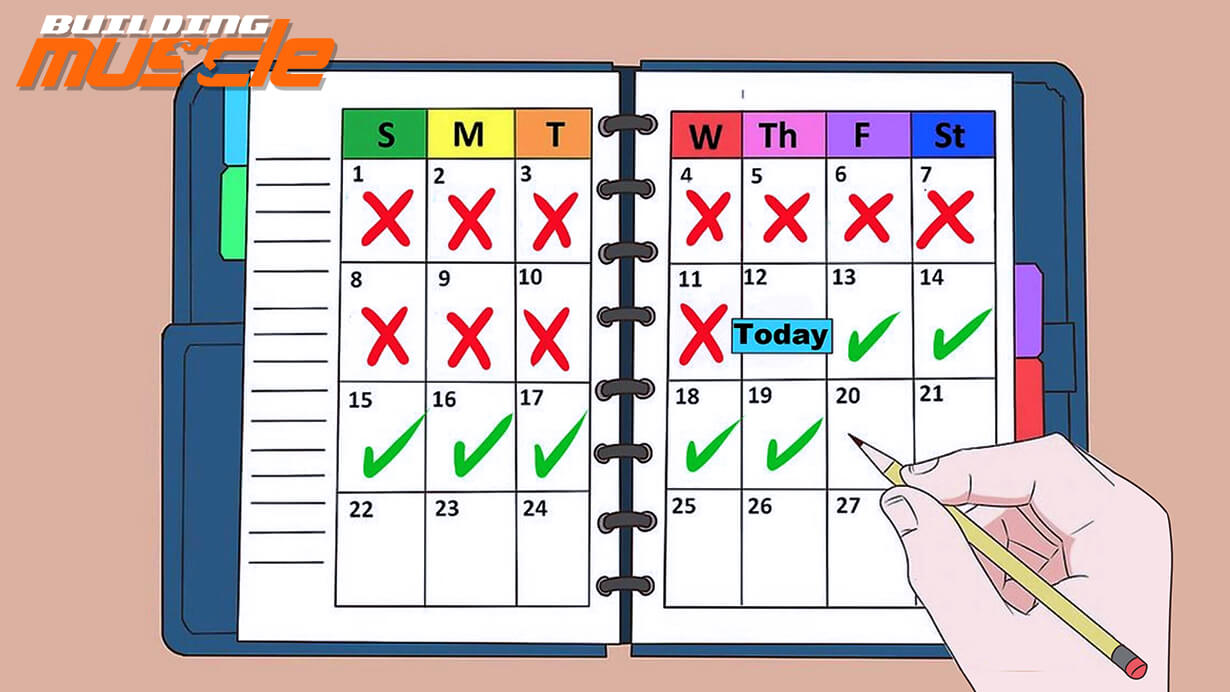
Specialization in body parts
If you’re not lucky enough to win the genetic lottery (and the odds of winning are less than 1%), there’s probably one or more muscle groups in your body that are worse for development than others.
Many novice jocks, even some experienced bodybuilders, make the same mistake when it comes to working on poorly-developed body parts. They divide the training load equally, as a result, getting obviously lagging muscle groups. Or, what’s worse, they try to add training volume to the work already done to fit the lagging muscle groups, and in the end, they simply burn out.
An effective and safe approach would be the following: switch to support mode for the strong body parts; then, since we have free training time, add load + volume for the poorly developed body parts. This is probably the best way for the average jock who, because of work and home, can’t live in the gym 24/7.
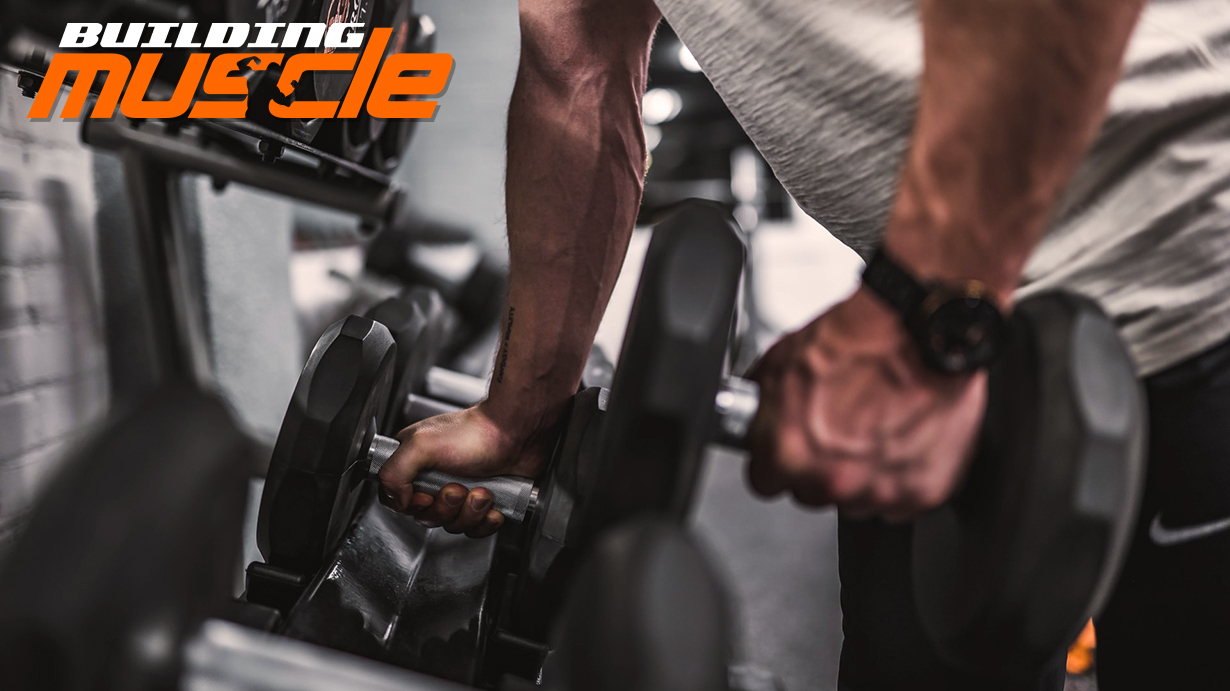
Potentiating the growth phase
The closer you get to your ideal body, the harder the results are. However, you have the ability to potentiate a productive training phase (squeeze out the maximum) if you enter it from the support or muscle preservation phase.
All because the support regimen allows you to rest physically and mentally. Then, when you switch to your training for strength and weight gain, a fresh body will respond better to high-intensity, high-volume work in the gym. Imagine being forced to crunches at the office without days off for an entire month. How high do you think your productivity would be in the last week? It’s the same here.
Individual recommendations for preserving and maintaining muscle
Researchers operate on averages, so in your case you may need a little more or a little less exercise than the research paper suggests. To accurately determine your own needs, you should keep a rigorous workout diary, record and track your strength and endurance levels, and muscle mass. Nevertheless, there are some general points that will help you develop a personalized approach.

To the age-related sportsmen
Experts say that age-matched jocks (more prone to loss of muscle mass) should start from 2 workouts per week with 2-3 heavy sets per exercise in their support regimen to maintain their existing fitness.
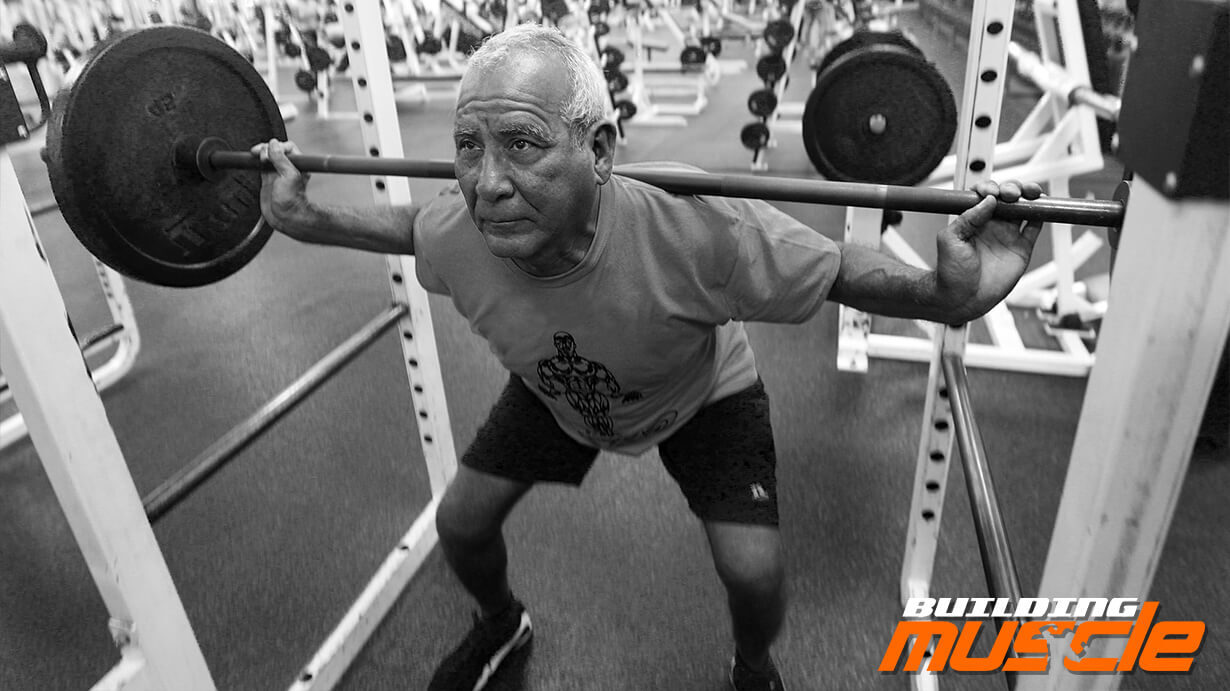
Experienced jocks
Researchers don’t give specific numbers, but they say that experienced athletes will definitely have to work harder to maintain their muscle at optimal levels.
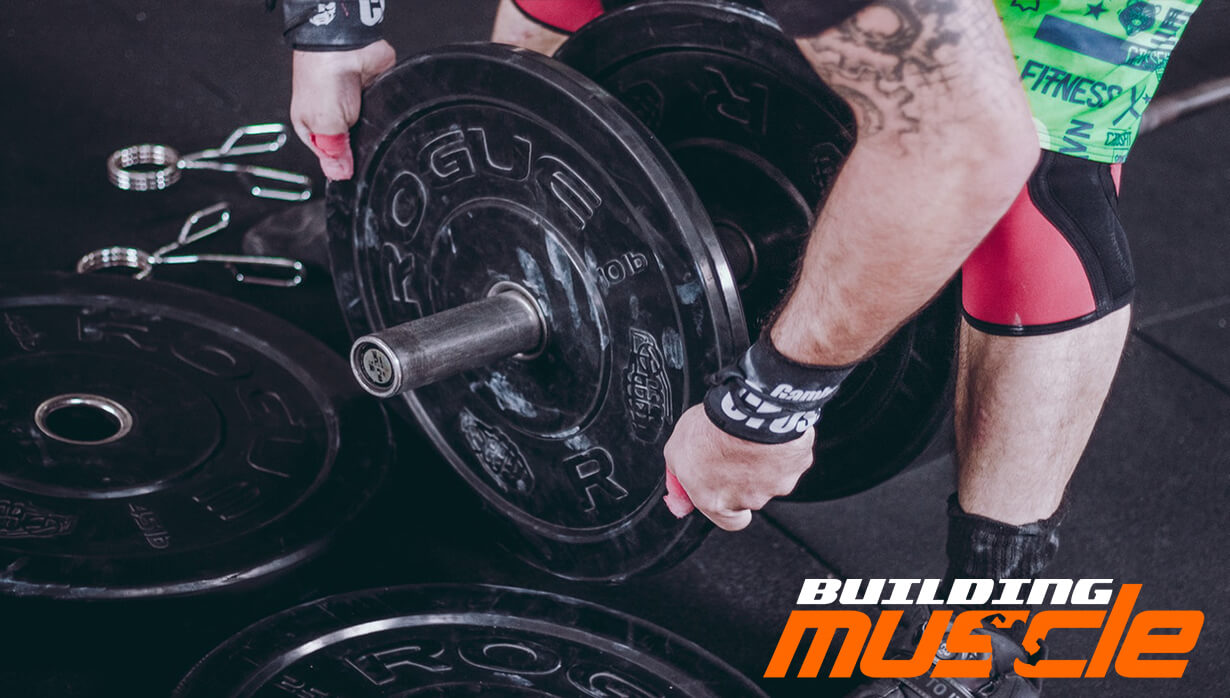
For those who are easily overweight
Many gym-goers start to gain excess weight after they stop working out. The reason is that their eating habits, despite the total or partial absence of exercise, remain the same.
It’s a truism: Nutrition and training are equally important elements of bodybuilding. If you reduce the volume or frequency of your workouts, you should also reduce your caloric intake (by cutting back on carbs, fats, or both, whichever is best for your particular case). Surely you will step on a rake or two in the process, but in the end your efforts will pay for themselves.

Separately, note that you can burn more calories not only by tightening up your workout sessions. By increasing NEAT (expenditure on household activities), such as moving more throughout the day, you will expend additional calories without burning out at the gym.
For those rapidly losing muscle mass
If you are naturally skinny, your body loses muscle faster and easier compared to genetically predisposed bodybuilding men and women. Accordingly, you will need a higher volume and frequency of workouts to stay fit. Start with the recommendations for age-appropriate athletes, as this is usually sufficient for most ectomorphs.
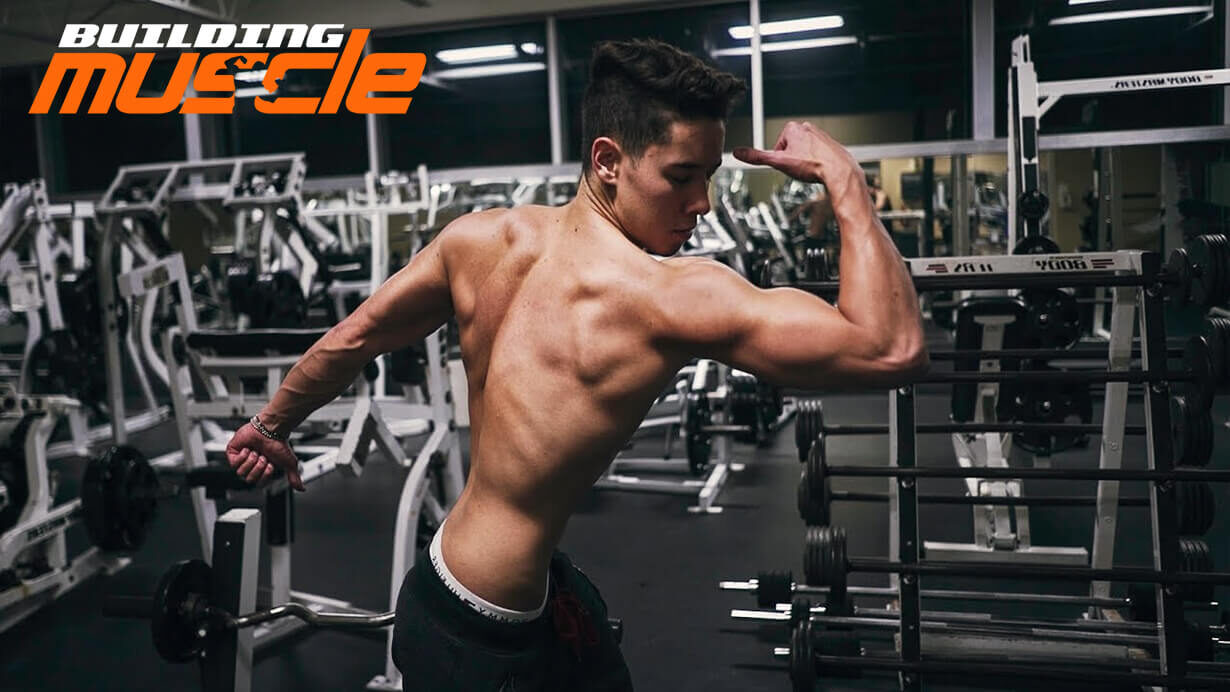
In conclusion
Be honest with yourself: do you like the feeling of a hard workout more than the actual results it produces? If so, that’s fine. But then it probably doesn’t make sense for you to aim for a competitive bodybuilder-level physique.
For the rest of us who are serious about long-term progress, we would recommend that you also take your training seriously. Sooner or later, you will have to switch from your favorite exercises to the exercises you require. And the muscle support or preservation mode allows you to make this transition as painless as possible.

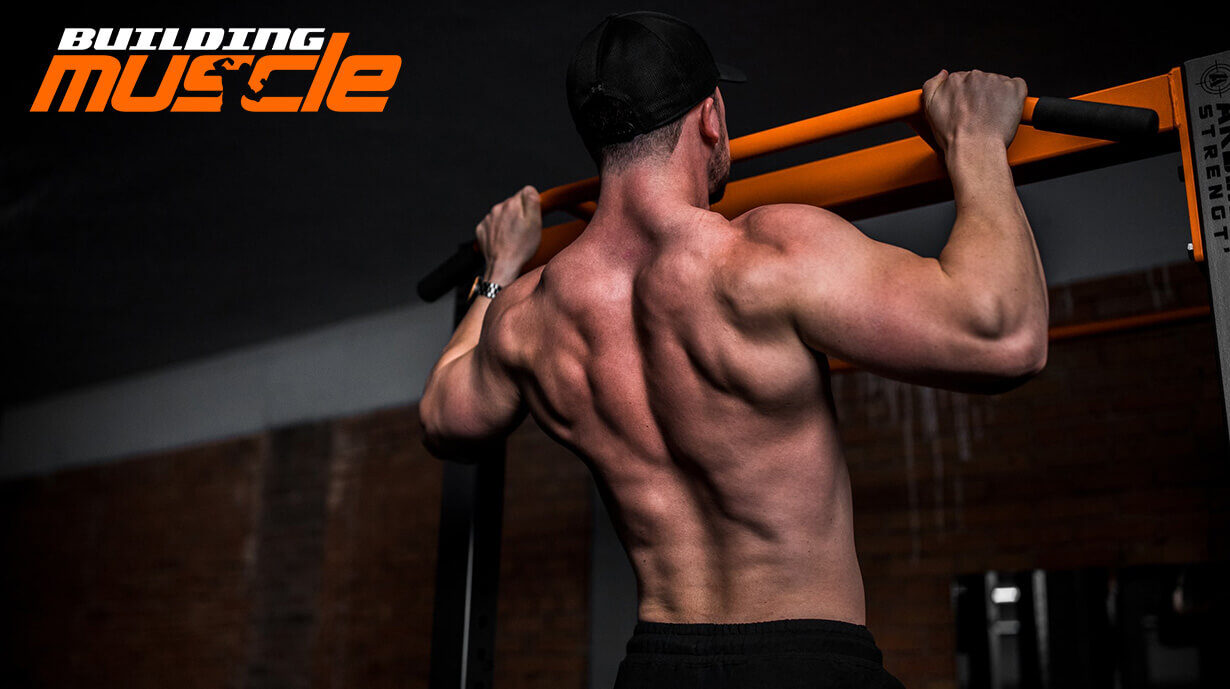

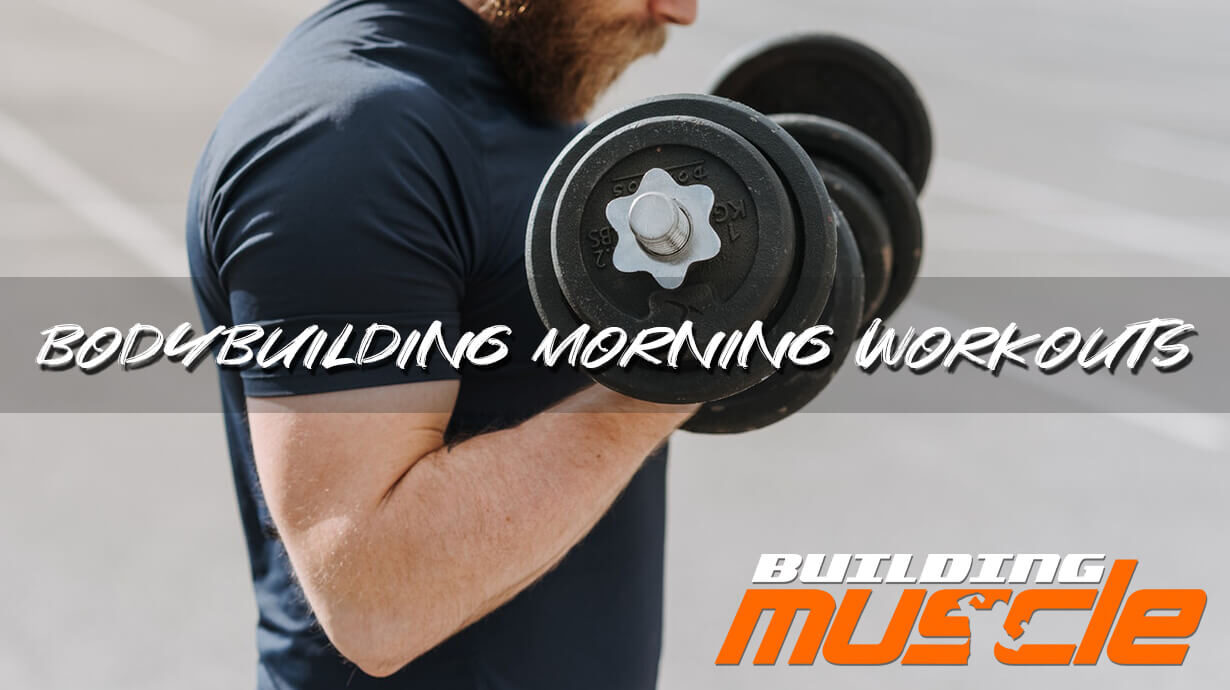
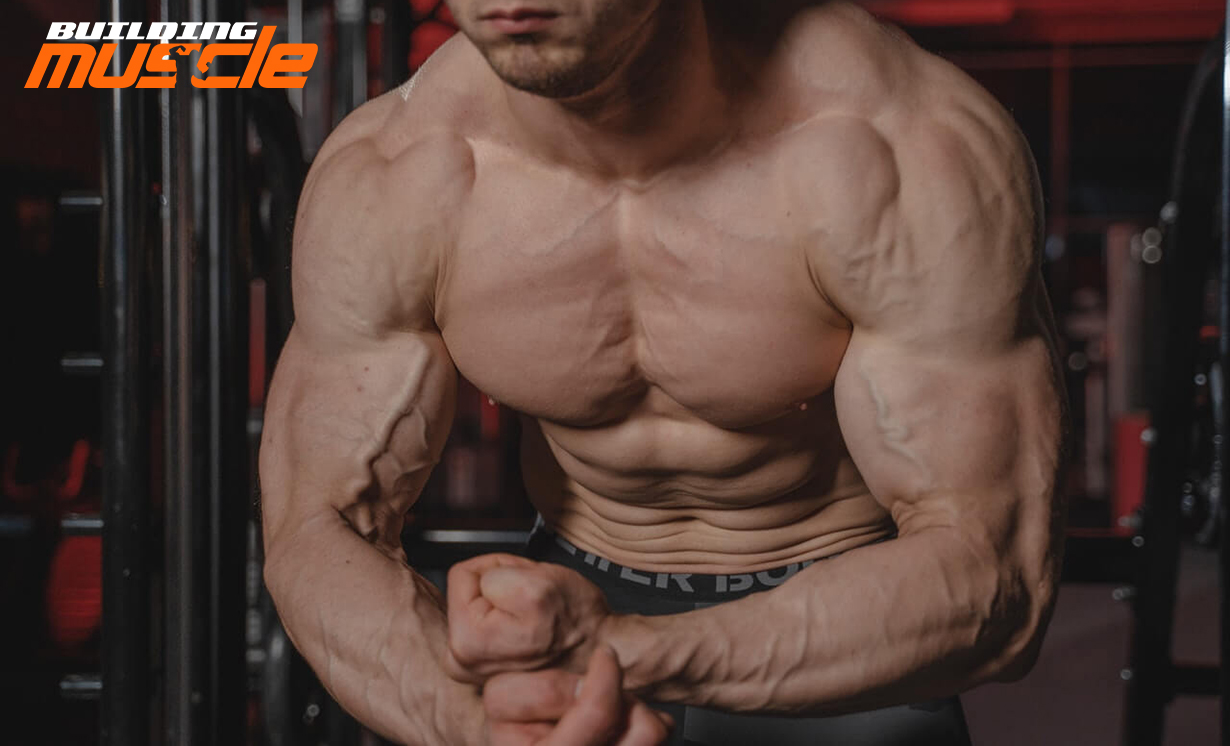
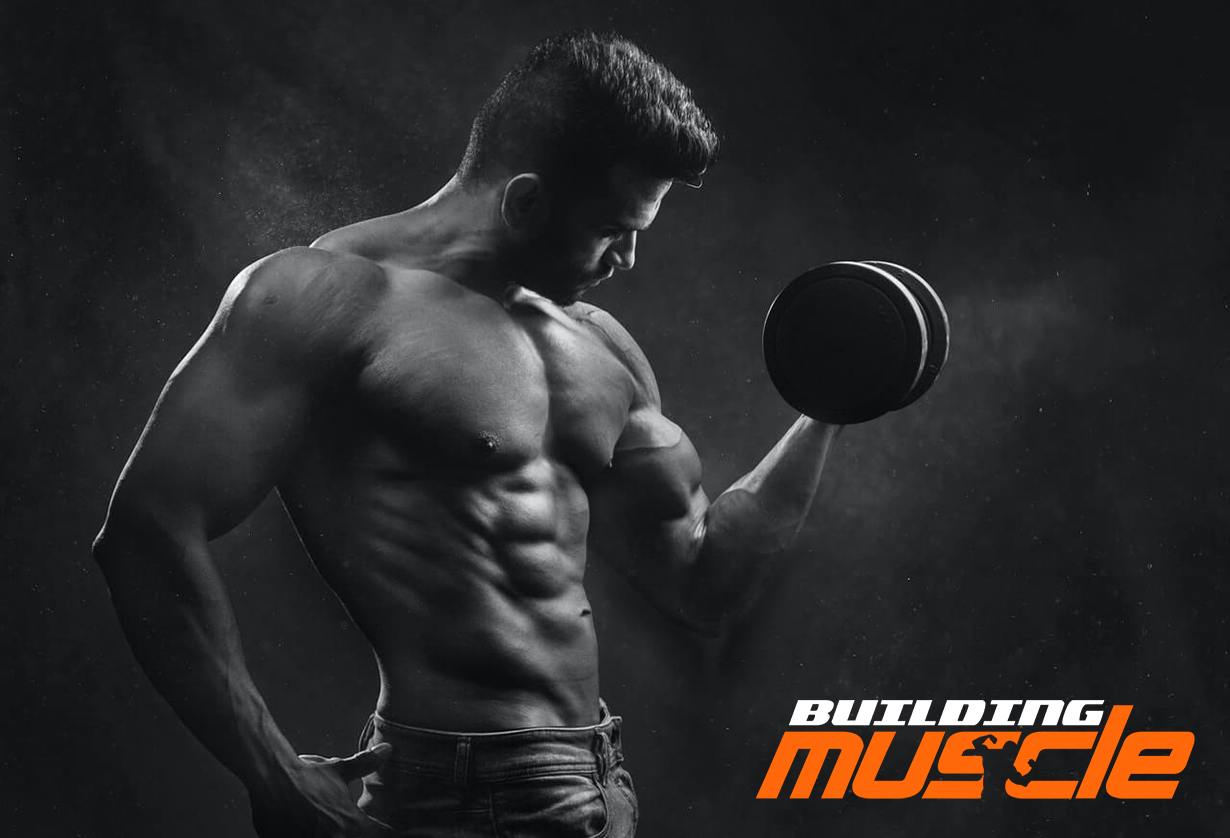
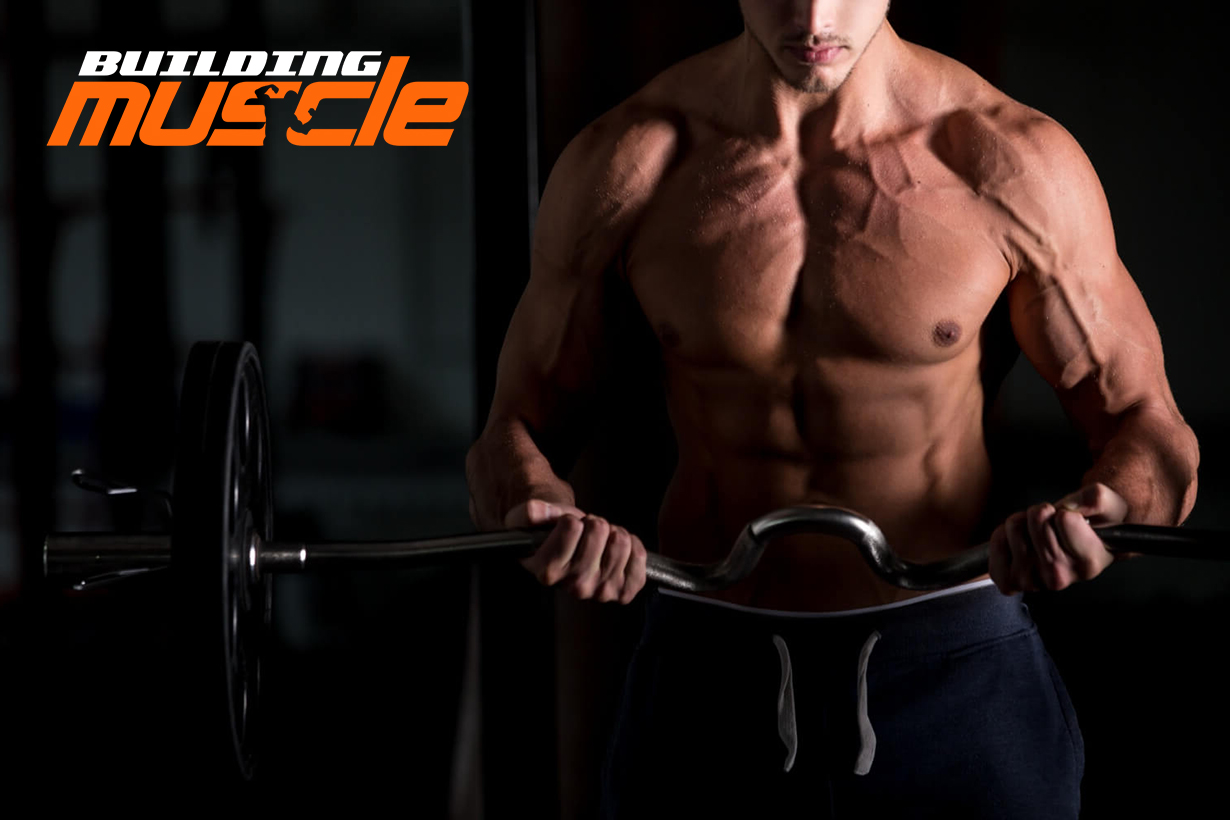
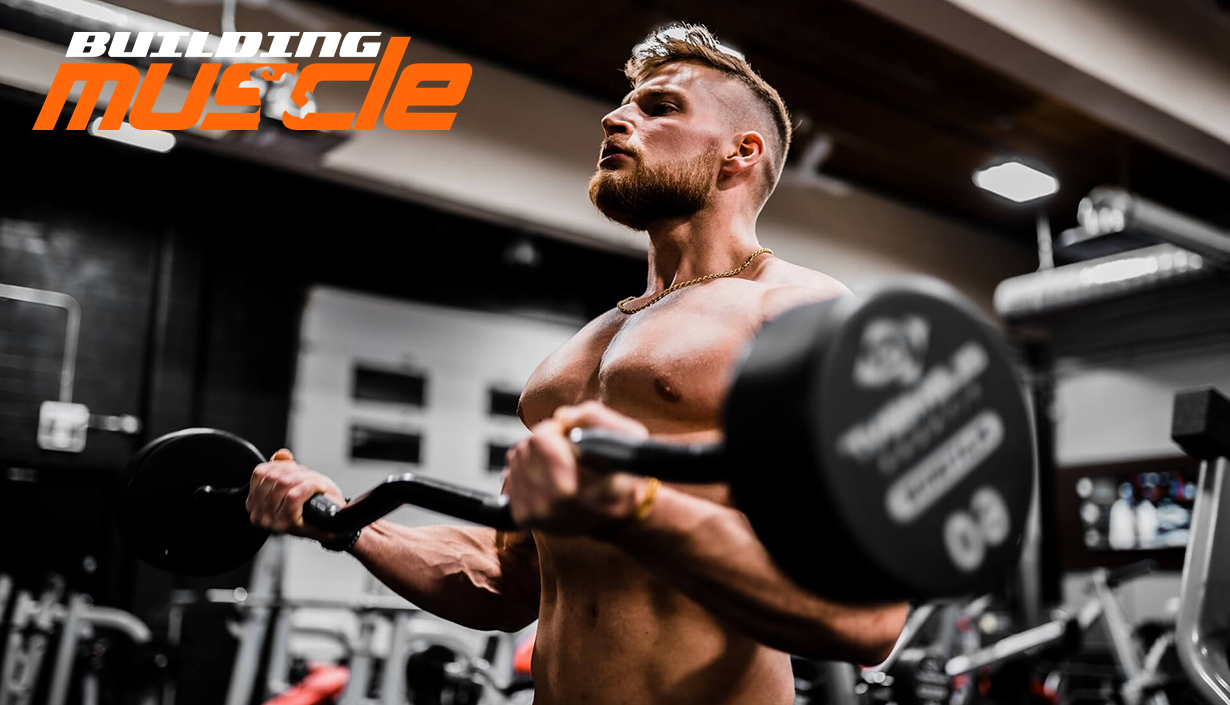

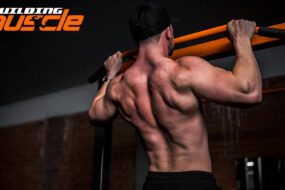


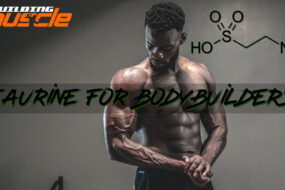
No Comments